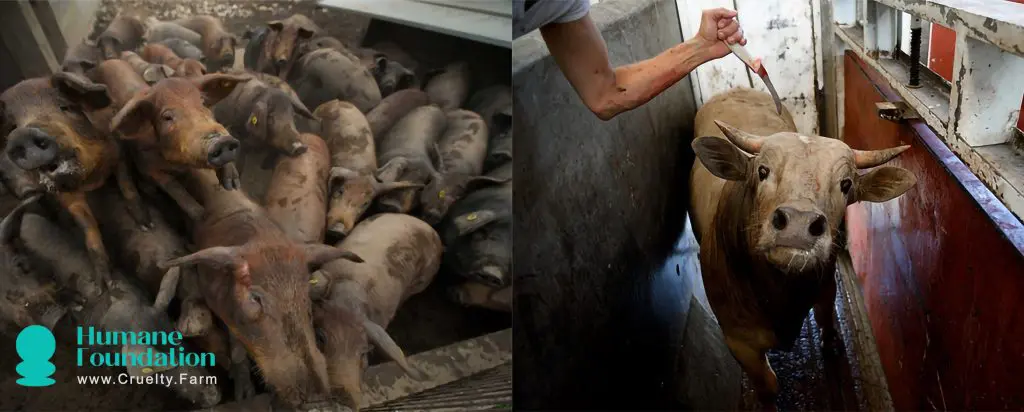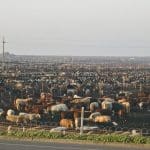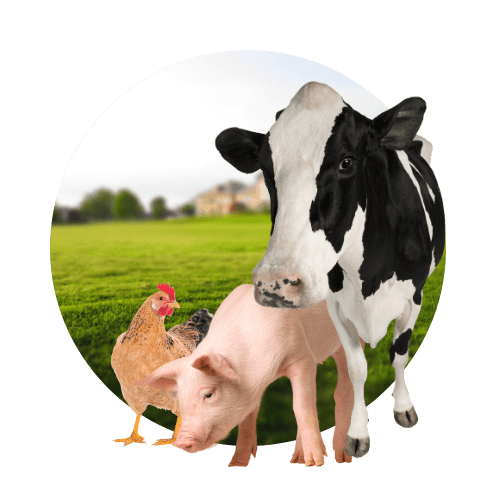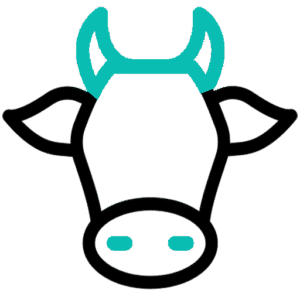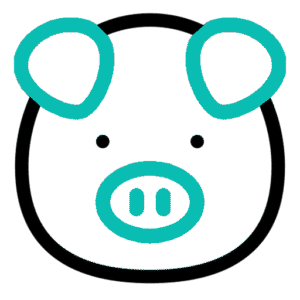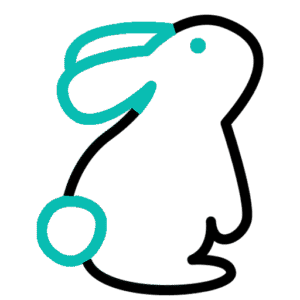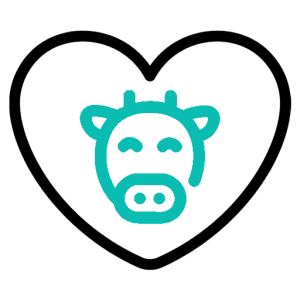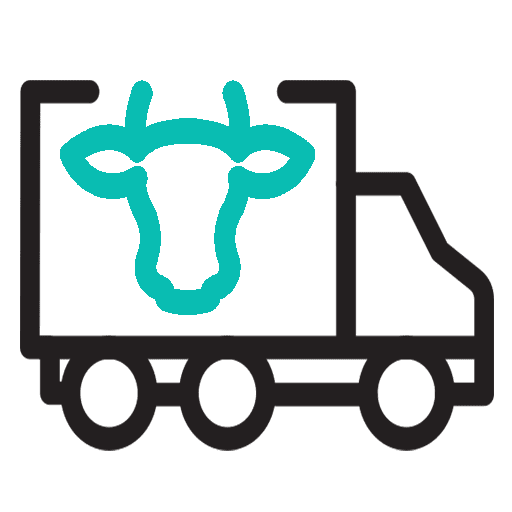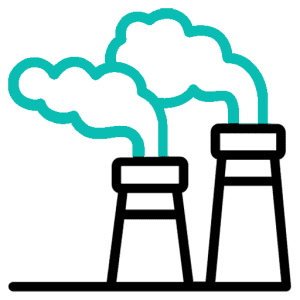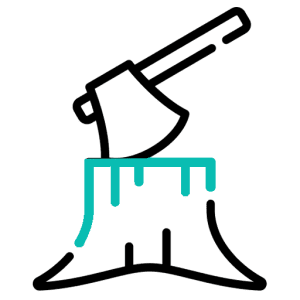Introduction
Behind the innocuous façade of the meat industry lies a grim reality that often escapes public scrutiny – the immense suffering of animals in slaughterhouses. Despite the veil of secrecy that shrouds these facilities, investigations and whistleblowers have shed light on the harrowing conditions endured by animals destined for our plates. This essay explores the hidden world of slaughterhouses, delving into the ethical implications of industrialized animal agriculture and the urgent need for transparency and reform.

The Industrialization of Animal Agriculture
The rise of industrialized animal agriculture has transformed the process of meat production into a highly mechanized and efficient system. However, this efficiency often comes at the cost of animal welfare. Slaughterhouses, the final destination for millions of animals, operate on a massive scale to meet the demands of global meat consumption. In these facilities, animals are treated as commodities, subjected to harsh conditions and relentless processing lines.
Suffering Behind Closed Doors
In the heart of industrialized animal agriculture, behind the imposing doors of slaughterhouses, a hidden world of suffering unfolds daily. Shielded from public view, the grim reality of what happens within these facilities reveals a stark contrast to the sanitized image of meat production presented to consumers. This essay delves into the depths of this hidden suffering, exploring the experiences of animals subjected to the brutal processes of modern slaughterhouses.
From the moment animals arrive at slaughterhouses, fear and confusion grip them. Separated from their familiar environments and herds, they are ushered into a realm of chaos and terror. Crowded pens, deafening machinery, and the scent of blood hang heavy in the air, creating an atmosphere of relentless anxiety. For prey animals like cattle, pigs, and sheep, the presence of predators—human workers—heightens their instinctual fear, amplifying their distress.
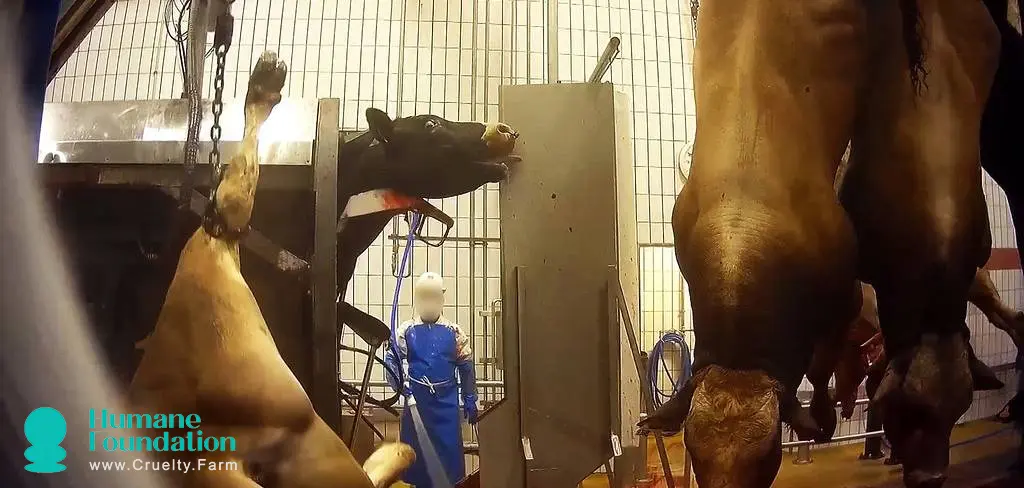
Once inside, animals are subjected to a series of harrowing procedures. Cattle, often prodded and pushed by workers wielding electric prods, shuffle towards their fate. Pigs, squealing in panic, are herded into stunning pens where they are meant to be rendered unconscious before slaughter. However, the stunning process is not always effective, leaving some animals conscious and aware as they are shackled and hoisted onto conveyor belts.
The speed and volume of production in slaughterhouses leave little room for compassion or consideration of animal welfare. Workers, pressured to maintain an unyielding pace, often resort to rough handling and careless practices. Animals may be roughly grabbed, kicked, or dragged, resulting in injuries and trauma. Amidst the chaos, accidents are common, with animals sometimes falling onto the killing floor while still conscious, their screams drowned out by the relentless din of machinery.
Even in death, the suffering of animals in slaughterhouses knows no end. Despite efforts to ensure a swift and painless demise, the reality is often far from humane. Improper stunning techniques, mechanical failures, and human error can prolong the agony of animals, condemning them to a slow and agonizing death. For sentient beings capable of experiencing pain and fear, the horrors of the slaughterhouse represent a betrayal of their most basic rights and dignity.
